Skeleton Lake of Roop Kund in India – where Myths, Mythology and Nature conspire to hold and reveal a gruesome secret
Skeleton Lake of Roop Kund in India – where Myths, Mythology and Nature conspire to hold and reveal a gruesome secret
The Skeleton Lake
Roopkund (also known as Rudra Kund, Mystery Lake or Skeleton Lake) is a high-altitude (about 5000 meters above sea-level). It is a glacial lake in Uttarakhand in northern India, at the base of the Trishul Mountains. The Lake itself is not huge – approximately about 500 square feet in area and six to eight feet in depth. It is flanked by 3 peaks (Trishul, Nanda Ghunti and Chandania Kot) and the rock face of Junargali. The area is uninhabited but the alpine meadow of Bedni Bugyal is nearby. This meadow is inhabited with villages nearby. In fact, there are a couple of religious festivals held around here. The most famous is the Nanda Devi Raj Jat that takes place once every 12 years at Roopkund.
The reason this lovely area and Lake are famous is because of a gory secret that it had once hidden – hundreds of ancient human skeletons that are visible at its bottom when the snow melts! It was possibly as a result of a violent hailstorm in the 9th century AD. This is why it is often referred to as the Skeleton Lake. This was also featured in a National Geographic documentary, “Riddles of the Dead: Skeleton Lake”.
The Discovery of the Skeleton Lake and its gruesome secret
Since this lake is inaccessible and visible only for a couple of months a year, it stayed a secret till the 1940s when an Indian British forest officer chanced upon it during a plant hunting expedition. In his words, some of the skeletons still had “flesh like inflated rubber sticking to most bodies”. Must’ve been quite a sight – in fact all the porters in our man’s team fled thinking they had happened upon a ghost-land.
This being war-time (World War II), the Brits were worried that it was a failed Japanese land invasion aided by the Netaji Subhash Bose’s INA. However, the team that landed to check on this realized that the bones were far more ancient. Plus, the bodies were larger than typical for the region and the footwear was of a different style. But, the cause of over 200 deaths in a remote, pristine area of the Himalayas remained a mystery for long. Of course, many theories came up – epidemic, landslide, earthquake, ritual suicide, ghosts, etc.
And then they stayed forgotten in the throes of WW II and the Independence of India. In the mid-1950s, further research happened. By then, avalanches and earthquakes shifted much of what was earlier found. Scattered bones were still around which were collected and analyzed with not much insight gleaned.
A National Geographic team later retrieved about 30 skeletons with flesh still attached to some of them. This threw some light on the happenings, but it is still far from resolved with finality.
Roop Kund Lake in Uttarakhand
The Myths and Legends
To get an understanding of this, we need to look at the myths around this in conjunction with science. Especially since myths were handed down generations in the form of songs and stories in this region.
The Himalayas in Myths
The Himalayas have long been revered in the Hindu mythology and religion as the abode of Lord Shiva. In fact, Lord Shiva’s consort, Goddess Parvati (Shakti representing the feminine force in the cosmos), is supposed to be the daughter of the King of the Himalayas – Himavan. The region has places of worship dotted all over. This is probably because of the basic human need to clutch at the comfort of a higher benevolent power. Especially when faced with nature in its most terrifying, uncompromising avatar.
The Nanda Devi mountains where this Lake lies, is named after Nanda Devi which is another name for Goddess Parvati. It literally means “bliss-giving Goddess” and every local here is steeped in this mythology. Rituals, festivals and pilgrimages take place regularly. The mountains and lake are in fact considered an embodiment of the Goddess and hence revered.
The Legends and Myths of the Mountain Goddess
One of the myths here is that the Goddess was thirsty and hence Lord Shiva struck the ground with his trident (Trishul in the local language) for water. This created the Trishul mountains and two lakes. When Goddess Parvati was drinking water at one of the lakes, she saw her own beauteous image in the Lake. Hence the lake came to be called Roop Kund meaning “Beauty Lake”. Another version is that it was Nanda Devi who struck with the trident for water.
A local myth in a traditional song
Another local myth seems to give some direction to the quest for the story of the skeletons. The King of Kanauj, Raja Jasdhaval, went with his pregnant wife, Rani Balampa on a pilgrimage to the Nanda Devi shrine. He, in typical kingly style, took along a large entourage of servants and dancing girls for entertainment. There was much music, dance and merriment en-route. Now, the Goddess Nanda Devi has many faces – at times, benevolent and at others, angry, jealous or insecure. This insolence of the King and misbehavior in the sacred land angered the Goddess. She summoned a violent hailstorm that bludgeoned all of them to death.
In fact, there is an ancient folk song in this region that recalls the rage of the Goddess at defilers of her mountain. It narrates how she rained death on them by flinging large hailstones at them.
The Raj Jat Pilgrimage
The pilgrimage, called Raj Jat, have been taking place since the 9th century AD in honor of the Goddess Nanda Devi. This happens every 12 years and takes about 22 days to complete (the route is about 300 kms long). It attracts about 50,000 people from across India and goes past Roopkund, all the way to Hom Kund. Hindus believe that Hom Kund is the dwelling place of the Gods in the Trishul mountains. And that this is Nanda Devi’s trip back home. Every member in the group symbolically helps her get there. The trail winds over the Roop Kund Lake on the dangerous Jyura Gali (literally, ‘Alley of Death’). By the way, the last Raj Jat took place in 2014.
Self-Sacrifice or Atmasarg
In fact, there were so many deaths here that the Government banned the pilgrimage earlier. It has been allowed only from the late 19th century. Those who fell from the Gali and died also contributed to the skeletons already there.
Very interestingly, there are some inscriptions on shrines along the trail that indicate the intentions of some of the pilgrims to commit suicide at the Lake. This is in the hope of eternal bliss or Moksha. Self-sacrifice or Atmasarg was banned by the Government in 1931.
The possible scientific reasons
Many expeditions and scientists have studied the remains and suggested the cause as exactly what the song suggests – death from a sudden, severe hailstorm with hailstones as large as 9 inches in circumference. Some of the salient points were:
- Most of the bodies, possibly pilgrims, given the accouterments, are from the 9th century AD according to the radio-carbon dating
- 2 distinct groups of people – one closely related to each other and the other locals (guides or porters?). Some studies have refuted this though and put it as one group.
- Most deaths from blows to the head with a rounded solid from above them
- Basis DNA, one group is South Asian (Indian possibly) and the other Eurasian (possibly East Mediterranean, maybe Greek)
Nothing is yet conclusive in the studies. They could be pilgrims or refugees from Iran or the King as the myth suggests… Or maybe it is the remains of the ritual self-sacrifice.
In August 2018, the Indian government banned all treks here to preserve the region and its pristine-ness. Scientists are still allowed and are working on unravelling this mystery.
The eternal Skeleton Lake and its eternal mystery
The Skeleton Lake is quite inaccessible. It is a few days trek from the nearest roadhead in Chamoli district. It is hidden under ice and snow most of the year. The Lake becomes visible usually only in August and September. You need to get special permissions to visit. There is a ban on visitors in order to protect the lake and its precious content.
The Himalayas hold many a secret that it lets out once in a while to stun us… nature will forever be a mystery… unraveling it is what life is, possibly many lives…
While you may not be able to visit the Roop Kund lake right now, but in case you wish to travel to this region and see this revered land of legends and myths, click here .
More readings
Read about some of the other interesting places in Mysterious India. In case you are a nature lover, check out the natural wonders of India.
India is a many-faceted country. It celebrates the mysterious, cultural, natural, wildlife, spiritual and more… Here is some more information on these facets of India, to help you travel beyond the regular tours and packages to India.
And if you are looking to have interesting experiences around India, Asia, Europe or Africa, visit Beyonder Travel.

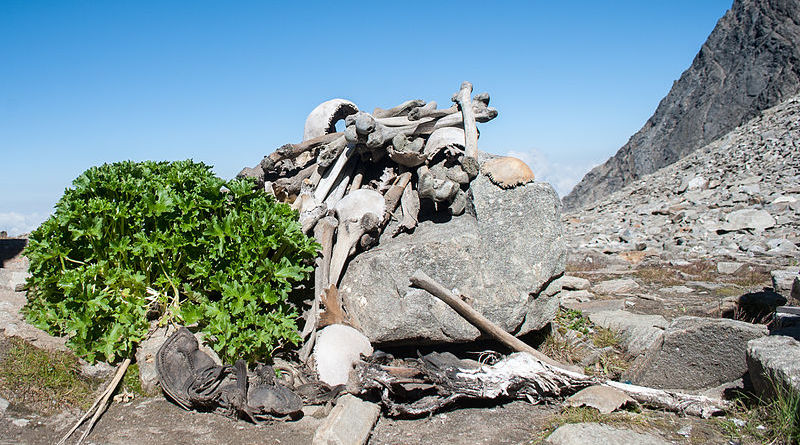
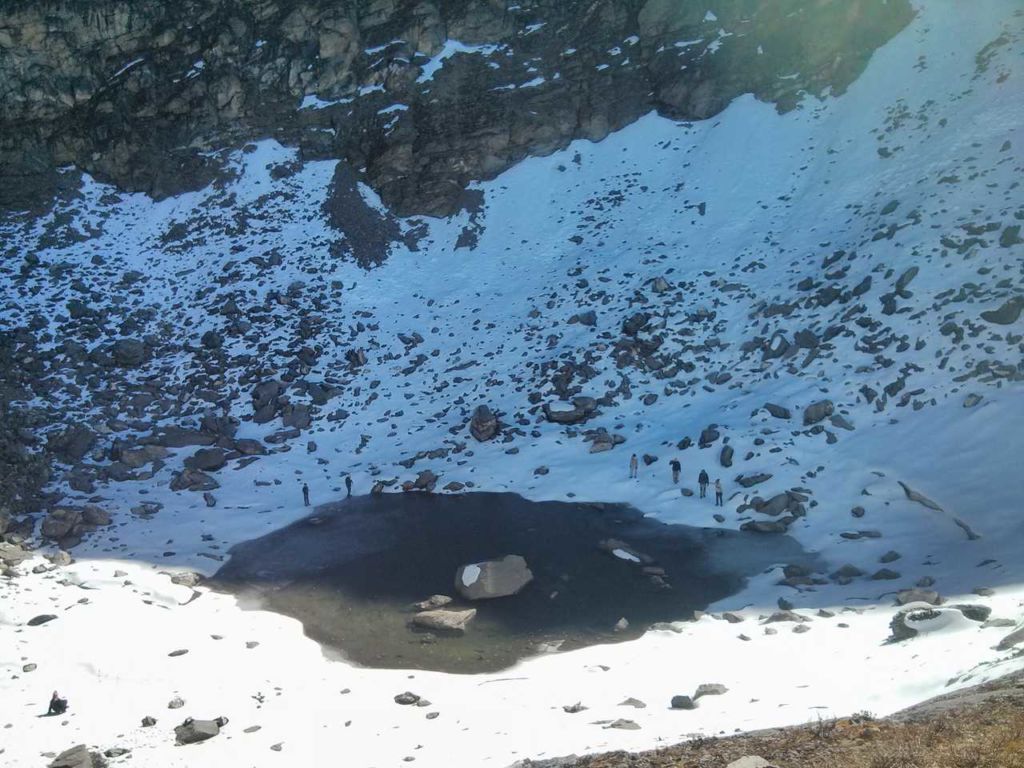
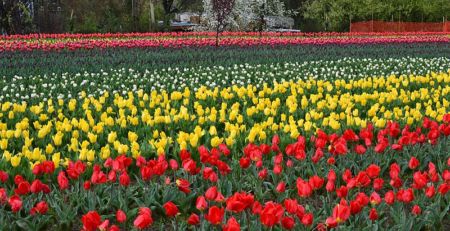

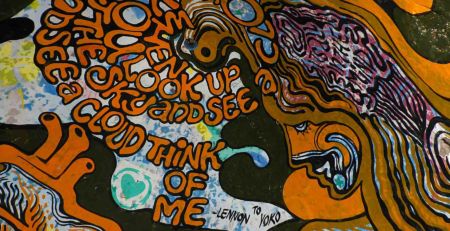
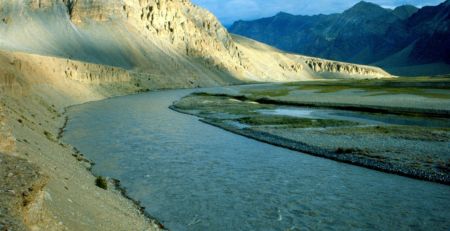
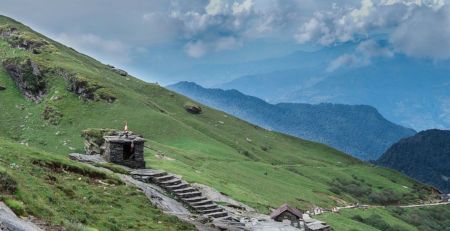
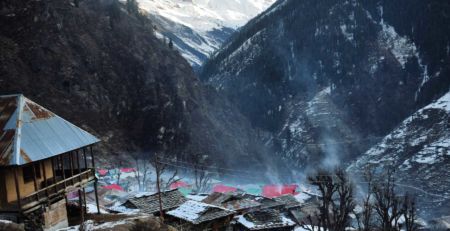


Leave a Reply